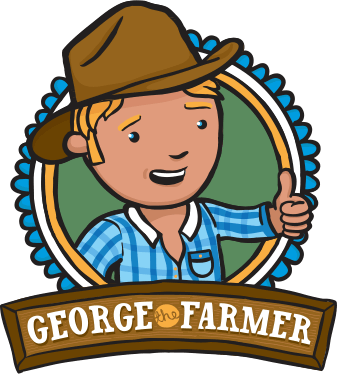Did you know that 16 million adults in the US believe chocolate milk comes from brown cows? Or, that in Australia, 45% of year six kids didn't identify lunch box items such as cheese as originating from a farm and almost 1/3 thought yoghurt came from a plant? While in the UK, 20 percent of children thought their milk came straight from the fridge. Oh, dairy me!
Today is World Milk Day and we're celebrating the dairy sector's contributions to the global economy! While the dairy industry is the nation's third-largest rural industry and a critical sector in the agricultural economy, we still have work to do in educating consumers young and old on where their delicious yoghurt, milk and cheese comes from.
Milk is a valuable source of essential nutrients, including calcium, protein, vitamins, and minerals. It is an important component of a balanced diet, particularly for children, as it helps in bone development and overall growth.
Australia’s milk production declined 3.4% over the 2021/22 season, as high land and beef prices led to increased farm exits and business diversification. The decline was fueled by significant labour challenges experienced across all dairying regions. As such, the national herd fell to 1.34 million cows, producing 8,554 million litres of milk.
Globally, the lack of knowledge among children about where milk comes from is concerning, as it indicates a great disconnection between children and the source of their food. Knowledge is critical, as children eventually become consumers themselves — making their own food choices — and having the ability to impact legislation about the production and regulation of food.
One of the main reasons for this disconnection is the modernisation and industrialisation of the food system. The visibility of farming land and farming operations are far removed from urban areas where many children live. As a result, children may only see milk in cartons at the supermarket, without any knowledge of the cows that produce it or the farmers who work hard to ensure its quality.
Education plays a crucial role in bridging this knowledge gap. By introducing comprehensive agricultural education programs in schools, children can learn about the entire food production process, including the sources of their food, the importance of sustainable farming practices, and the roles of farmers in society. Some great programs can be found at Primezone, From Paddock to Plate, Dairy Australia and of course here at George the Farmer.
Parents and caregivers can also play an important role in educating children about food sources. Engaging children in conversations about where their food comes from, involving them in food shopping, cooking together, and encouraging them to ask questions can all contribute to a better understanding of the food system.
By empowering children with knowledge about the origins of their food, we can foster a sense of responsibility and connection to the natural world. In turn, this awareness will lead to informed food choices, greater appreciation for the hard work of farmers, and a collective commitment to building a more sustainable and resilient food system for future generations.
Where can we help? To ensure we can change these statistics, our picture storybook 'Ruby and the Dairy Dilemma', Dairy Educators Guide, and 'Dairy from Cows' YouTube clip are here to help!
How are you celebrating World Milk Day?
